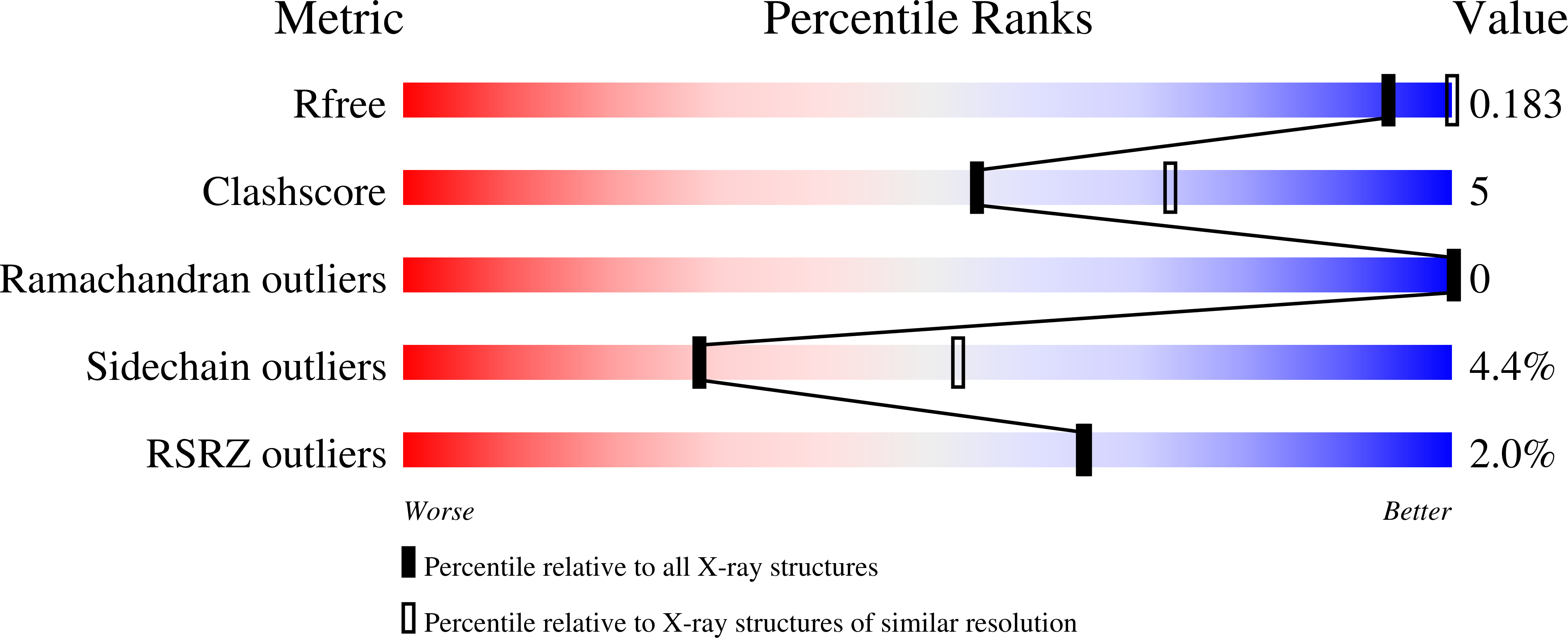
Deposition Date
2021-12-20
Release Date
2022-11-02
Last Version Date
2024-01-31
Entry Detail
PDB ID:
7QM2
Keywords:
Title:
Crystal structure of the PP1/PTG/beta-cyclodextrin ternary complex
Biological Source:
Source Organism:
Homo sapiens (Taxon ID: 9606)
Host Organism:
Method Details:
Experimental Method:
Resolution:
2.69 Å
R-Value Free:
0.21
R-Value Work:
0.17
R-Value Observed:
0.17
Space Group:
P 61 2 2


